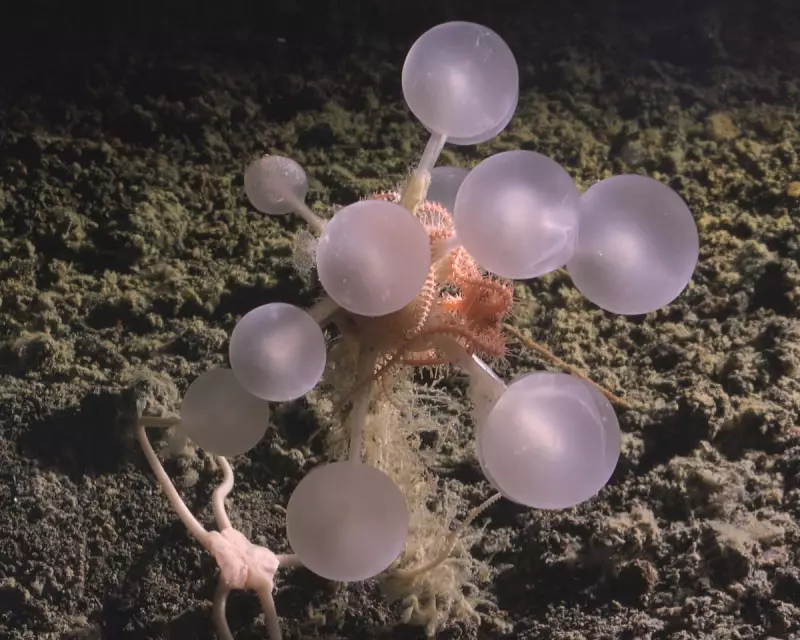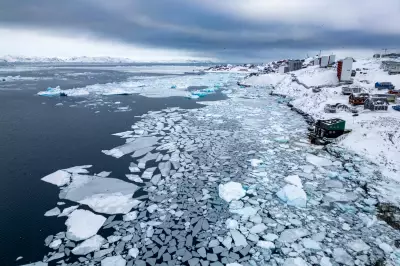
In the lightless depths of the Southern Ocean, where pressures would crush most life forms and temperatures hover near freezing, scientists have made an extraordinary discovery that reads like science fiction. A recent expedition has revealed a hidden world teeming with bizarre creatures, including what researchers have nicknamed the 'carnivorous death ball' sponge.
A Predator in Disguise
This newly identified sponge (Abyssocladia oxyasters) represents one of nature's most ingenious predators. Unlike its filter-feeding relatives that passively consume nutrients from water, this spherical hunter actively captures and consumes small crustaceans and other passing prey.
The creature's hunting method is particularly gruesome:
- It uses hook-like spicules covering its surface to snag unsuspecting victims
- Once captured, the sponge slowly envelops its prey in a digestive embrace
- It can even detach from the seafloor, rolling across currents to find new hunting grounds
An Underwater Menagerie of Marvels
The carnivorous sponge wasn't the only remarkable find during the research voyage. The international team documented numerous species previously unknown to science, painting a picture of an ecosystem both alien and fragile.
Among the other discoveries were:
- Glass sponges forming intricate, vase-like structures that filter microscopic food
- Brittle stars with impossibly slender arms spanning over a metre wide
- Sea cucumbers sporting elaborate, feather-like appendages
- Colonial organisms building complex communities on seamounts
Exploring Earth's Final Frontier
The expedition, conducted by the British Antarctic Survey and international partners, targeted previously unexplored areas of the Antarctic seafloor using advanced remotely operated vehicles (ROVs). These high-tech submersibles allowed scientists to observe these creatures in their natural habitat for the first time, revealing behaviours and adaptations never before documented.
Dr. Susanne Lockhart, a leading marine biologist on the expedition, described the significance: "Each dive reveals something we've never seen before. These aren't just new species – they represent entirely new ways of surviving in one of Earth's most extreme environments."
Conservation Concerns in the Deep
The timing of these discoveries coincides with growing international concern about deep-sea mining and fishing operations expanding into pristine ecosystems. Many of these newly documented species exist only in highly localized areas, making them particularly vulnerable to human disturbance.
The research team emphasizes that their findings underscore the urgent need for comprehensive marine protection in these remote regions. As climate change and human activity increasingly affect even the deepest parts of our oceans, understanding these unique ecosystems becomes crucial to their preservation.
This extraordinary collection of deep-sea life not only expands our knowledge of marine biodiversity but also serves as a powerful reminder of how much remains to be discovered in the mysterious depths of our own planet.





